Our journey to build our healing-centered art collection began in 2013 with the assistance of the late Somali artist, Abdullahi Abdirahman “Alif”.
Creating art can be a powerful tool for healing as it fosters a connection between the mind and body. While exercise primarily targets the physical body and meditation focuses on clearing the mind, art-making engages both the mind and body simultaneously, which can facilitate the healing process.
During community healing sessions, the paintings serve as a means for individuals to share their stories of pain, suffering, and hurt. However, the artwork also highlights the strength of people and communities to engage in restorative processes, emphasizing that healing is not only about overcoming adversity, but also about reclaiming one's power and documents their resilience.
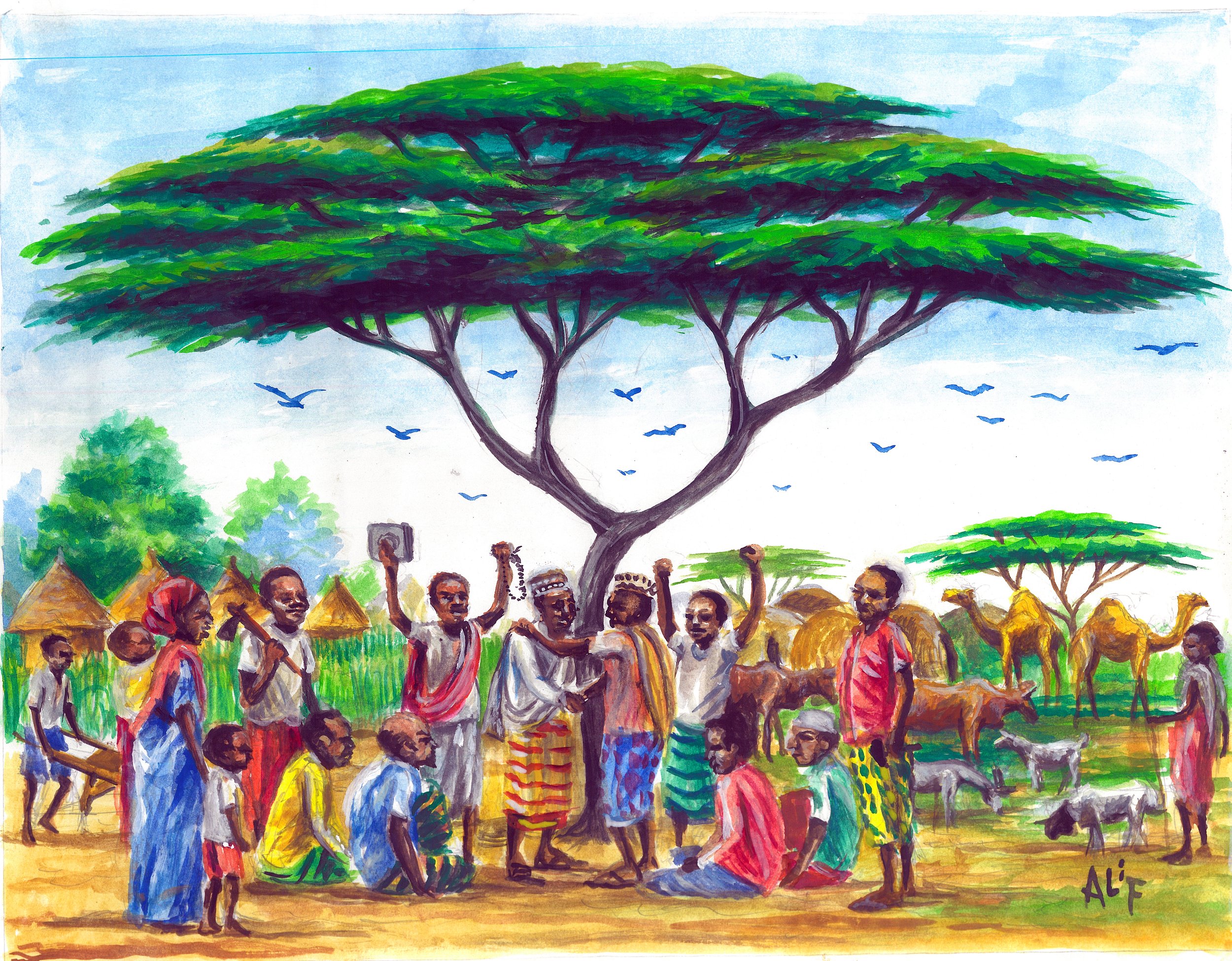

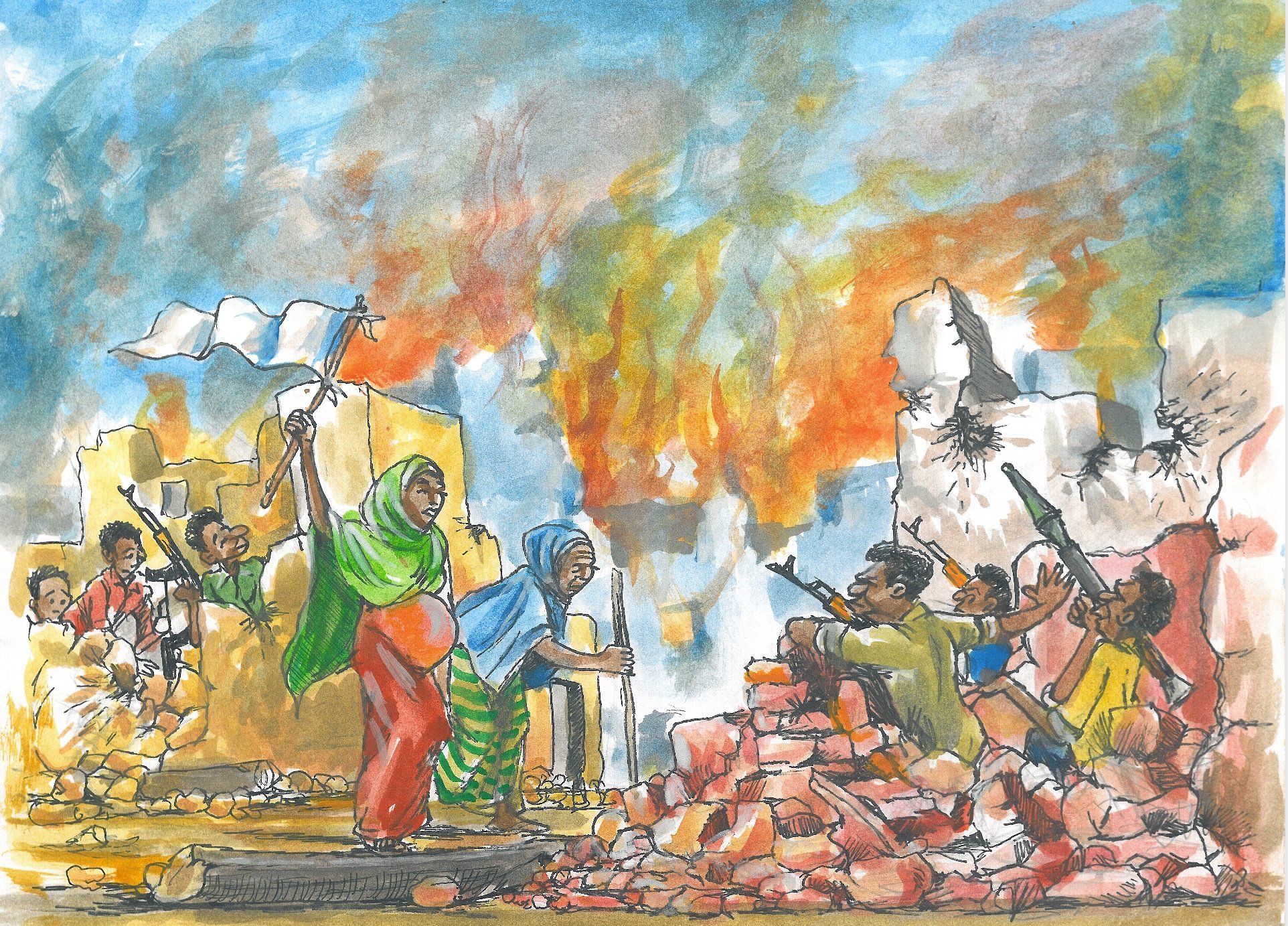
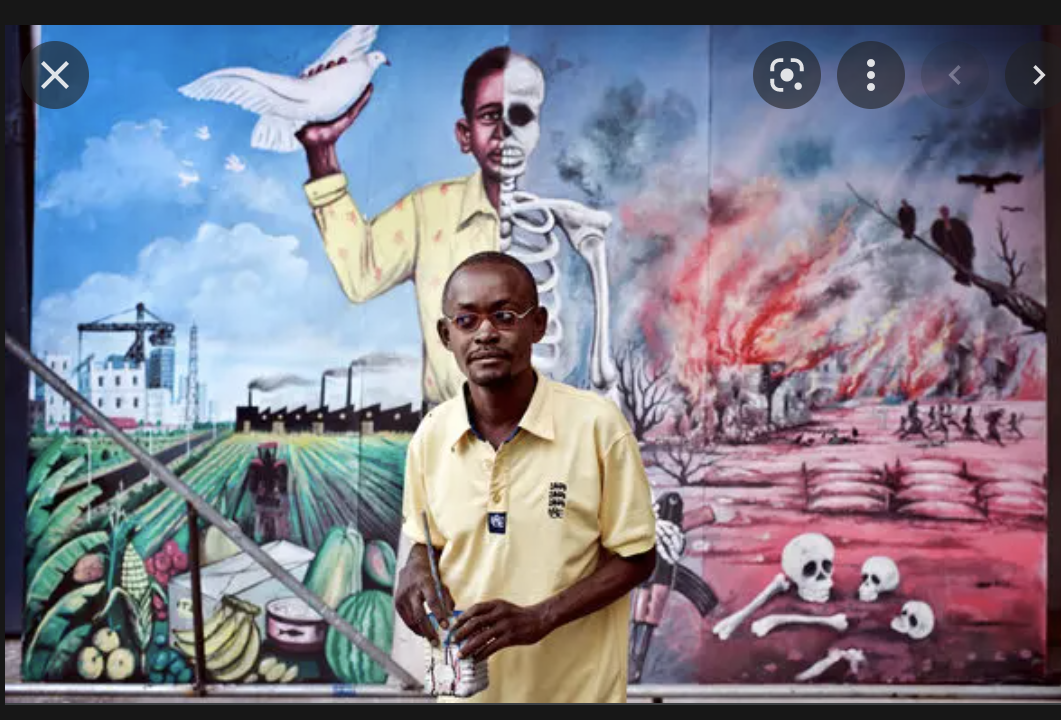

Artist Abdullahi Abdirahman “Alif” Yarisow
(1970-2017)
Somali artist “Alif” was an artist for 30+ years. He was trained as an artist during the Siad Barre era and worked for the Ministry of Information and National Guidance. In the later years of the Somali civil war, Alif along with other Somali artists was either forced to work in secret or stop practicing their art altogether for fear of retribution and punishment. He spent the last five years of his life working on the Quraca Nabada collection with the Green String Network, SOYDEN, and the Wajir Peace University Trust.
In our gallery below, we feature a curated selection of the late Alif’s paintings telling the story of a contextual cycle of violence. This cycle originates from self-harm, extends to harming others, and portrays methods to break free from this pattern.
Breaking the Cycle of Violence
Breaking the Cycle of Violence
The portrayal of Somalia in newspapers and social media is often negative, with little attention given to the cultural practices that promote healing. Therefore, it is crucial to adopt a strength-based, healing-centered approach that highlights the positive and healthy practices that exist within everyday Somali society.


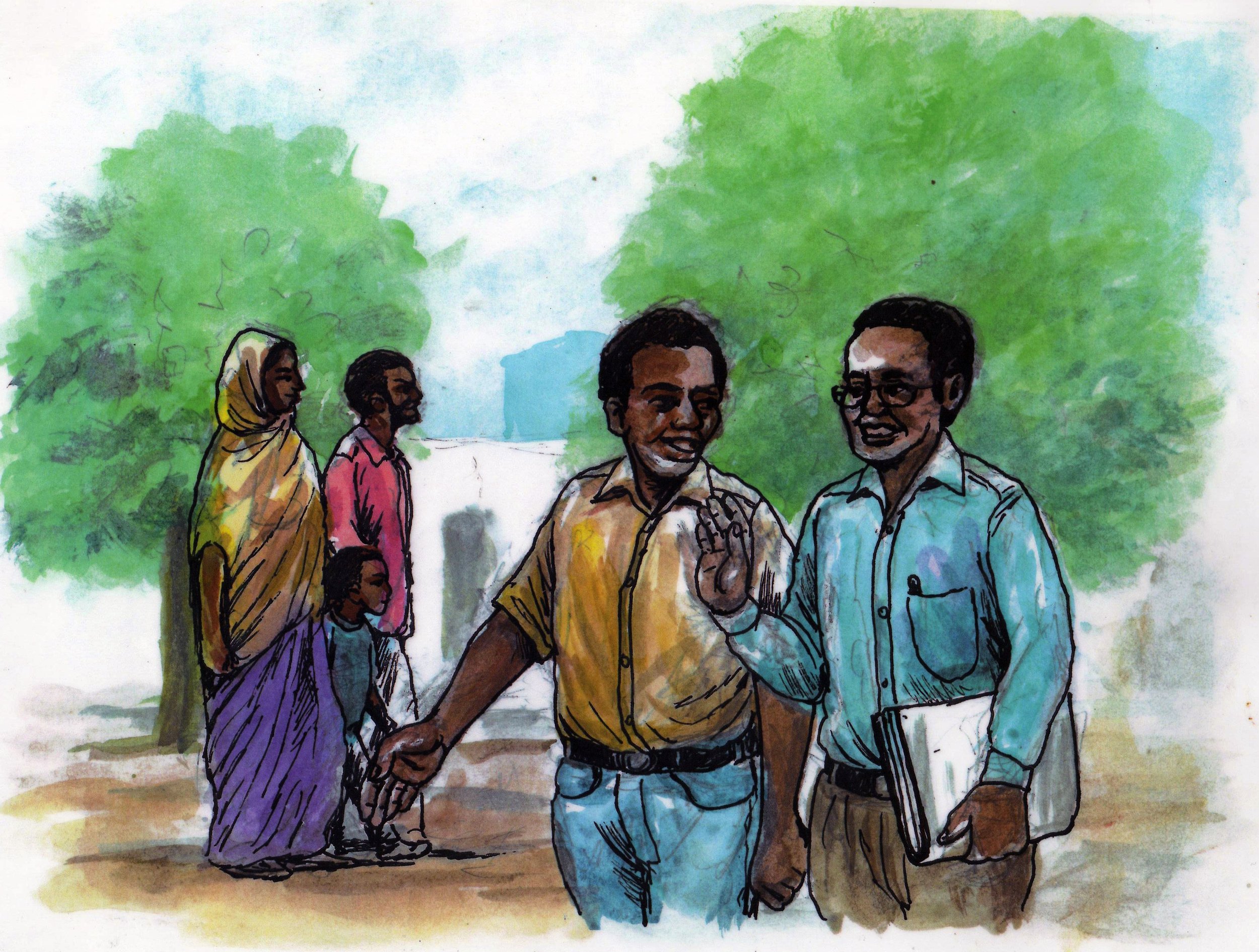
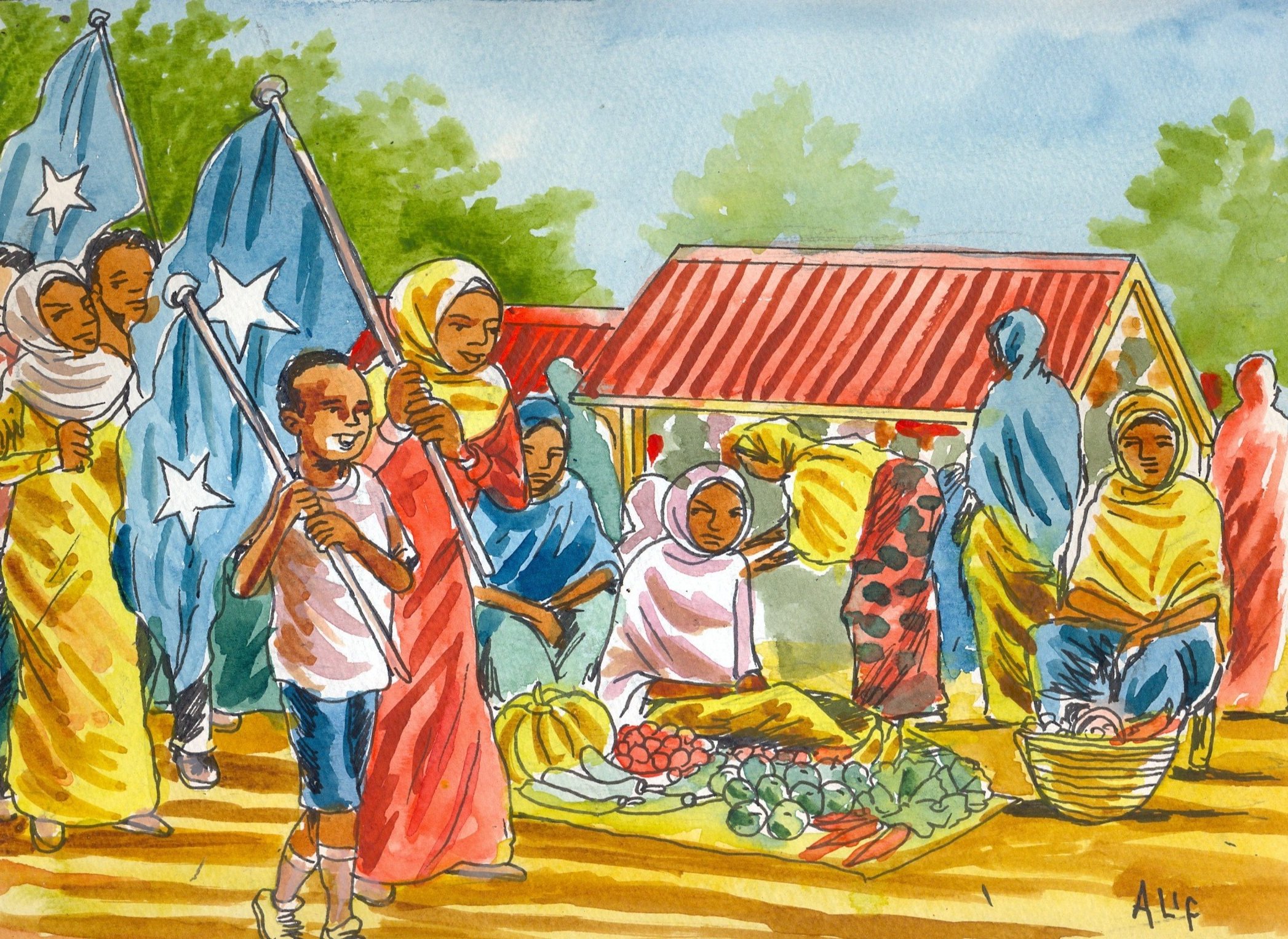


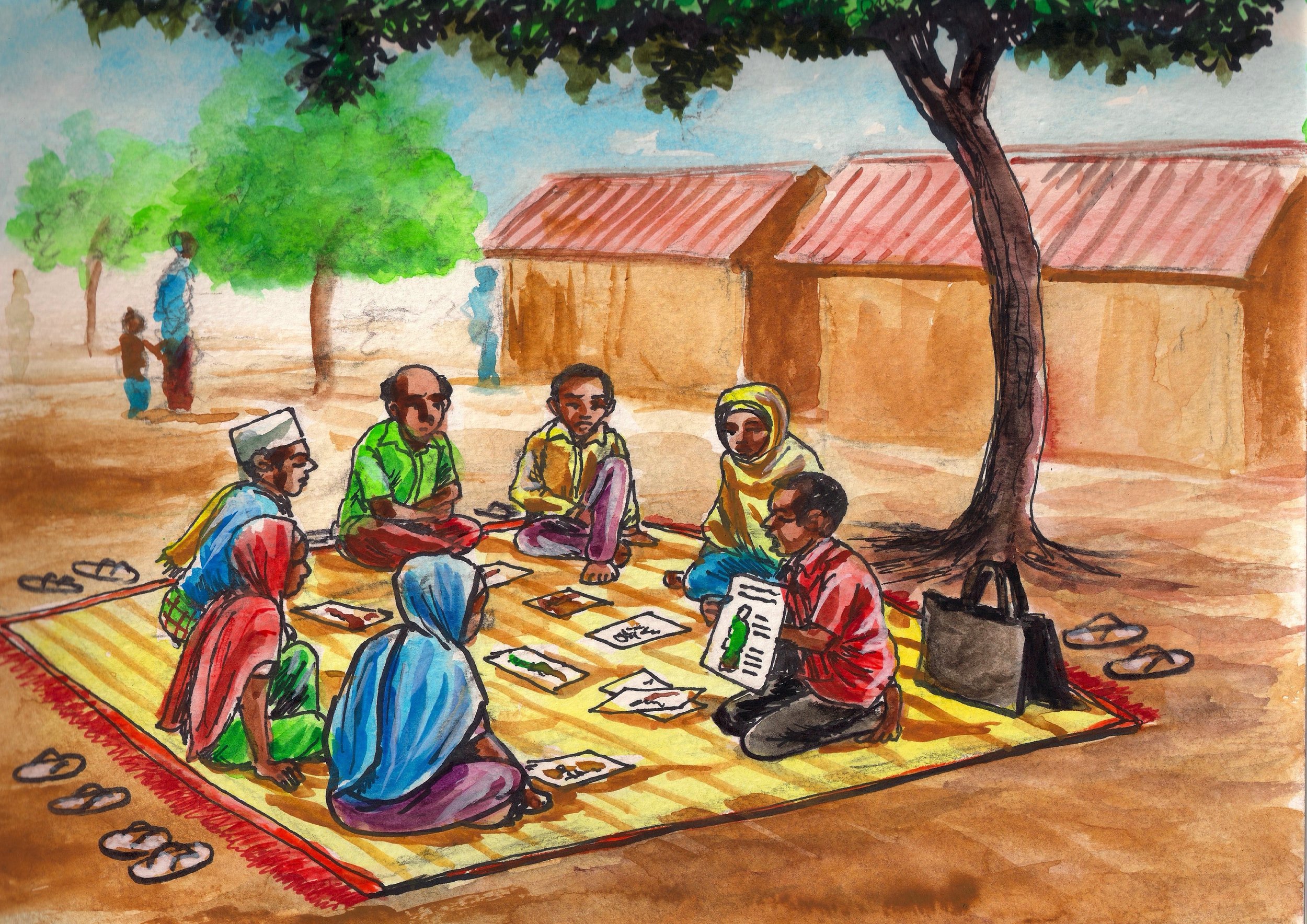














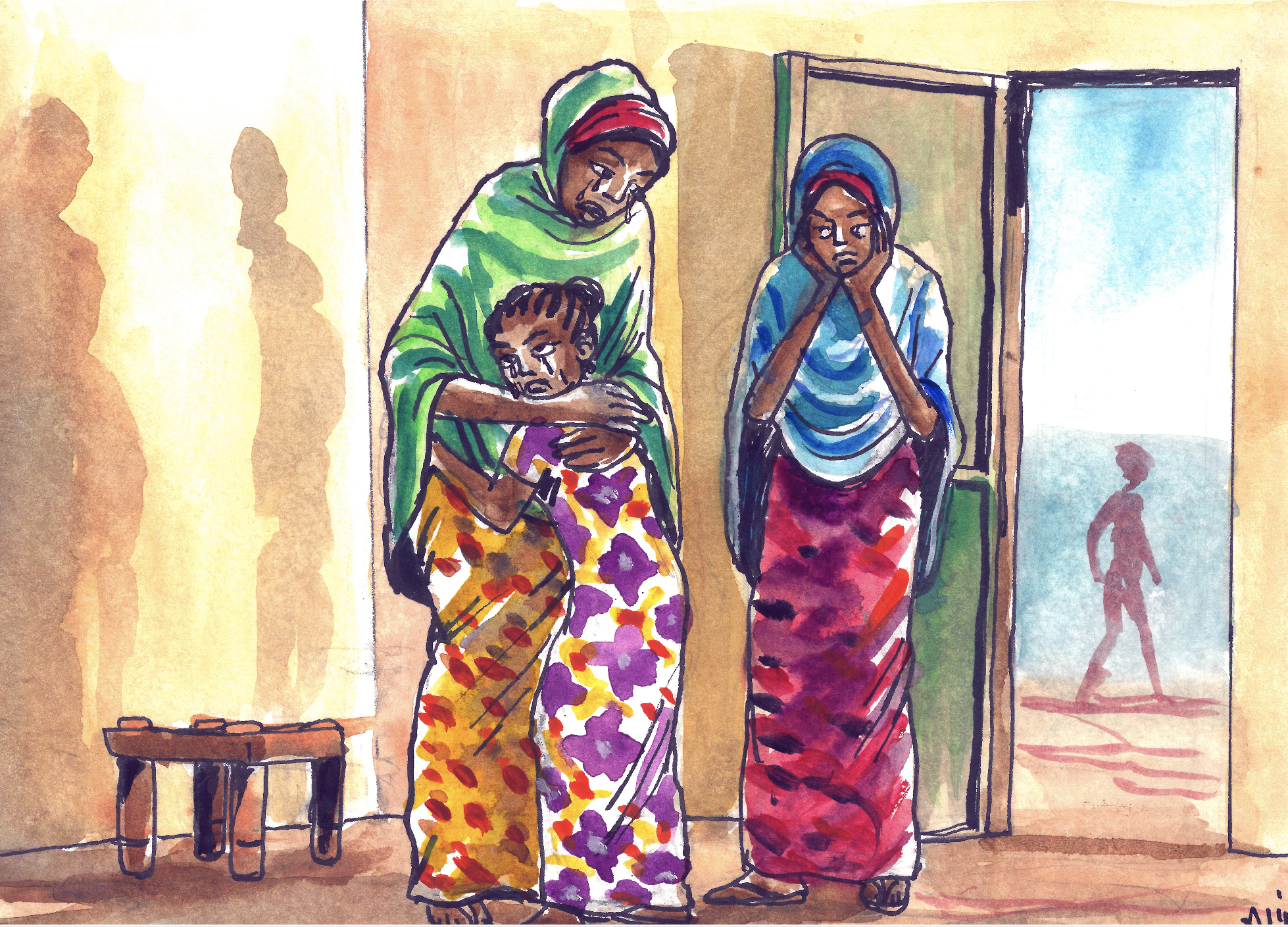
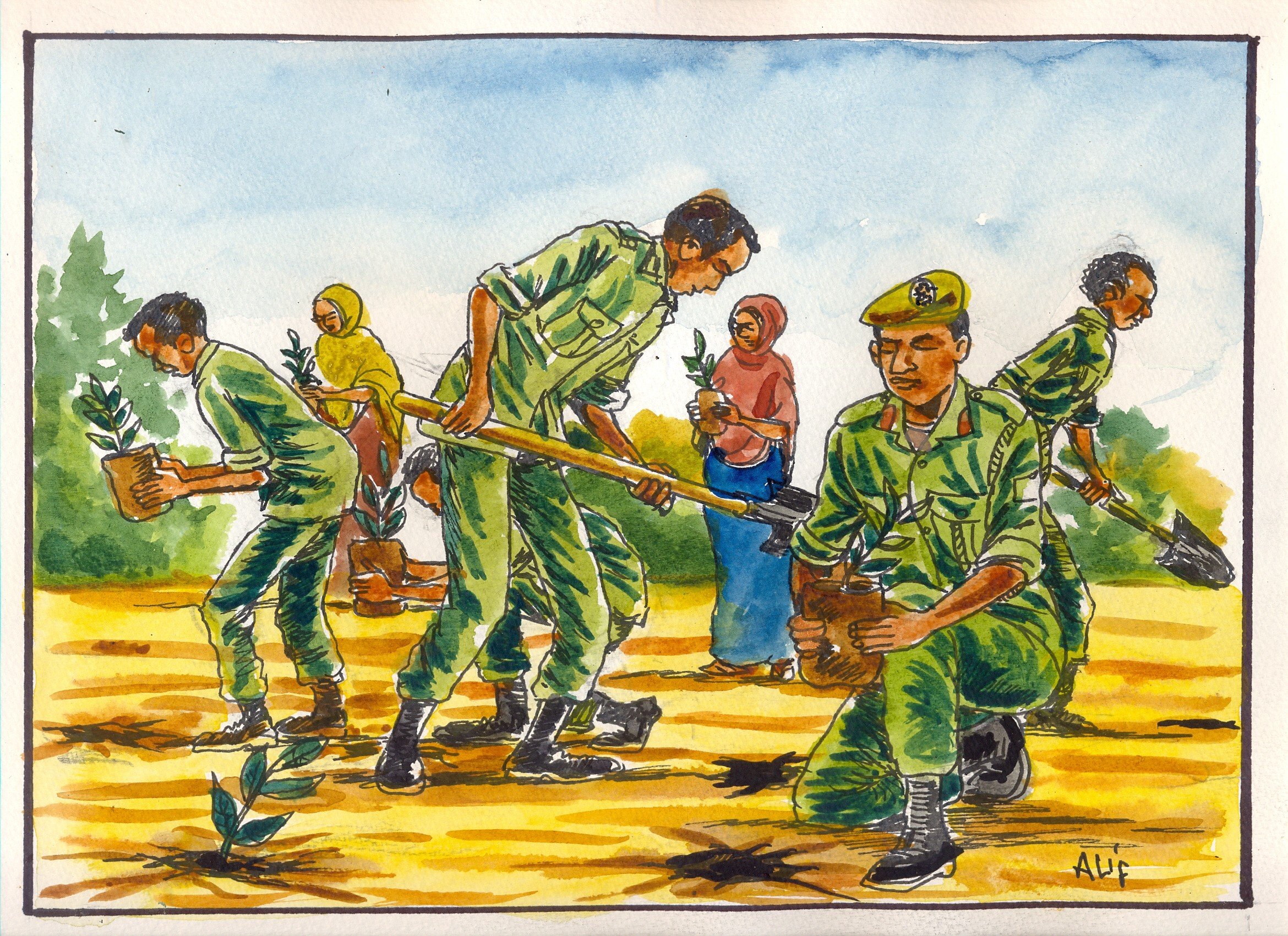
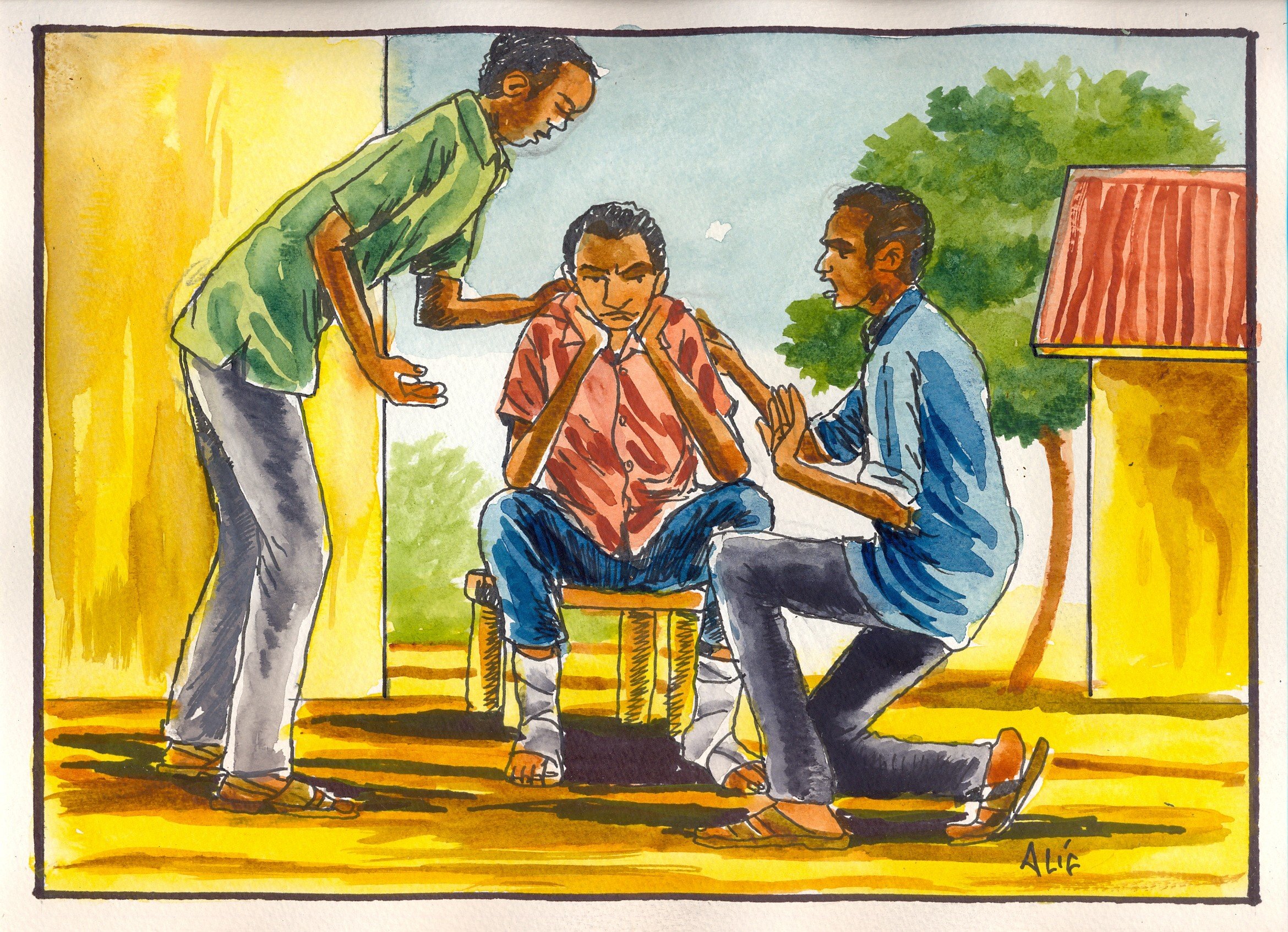

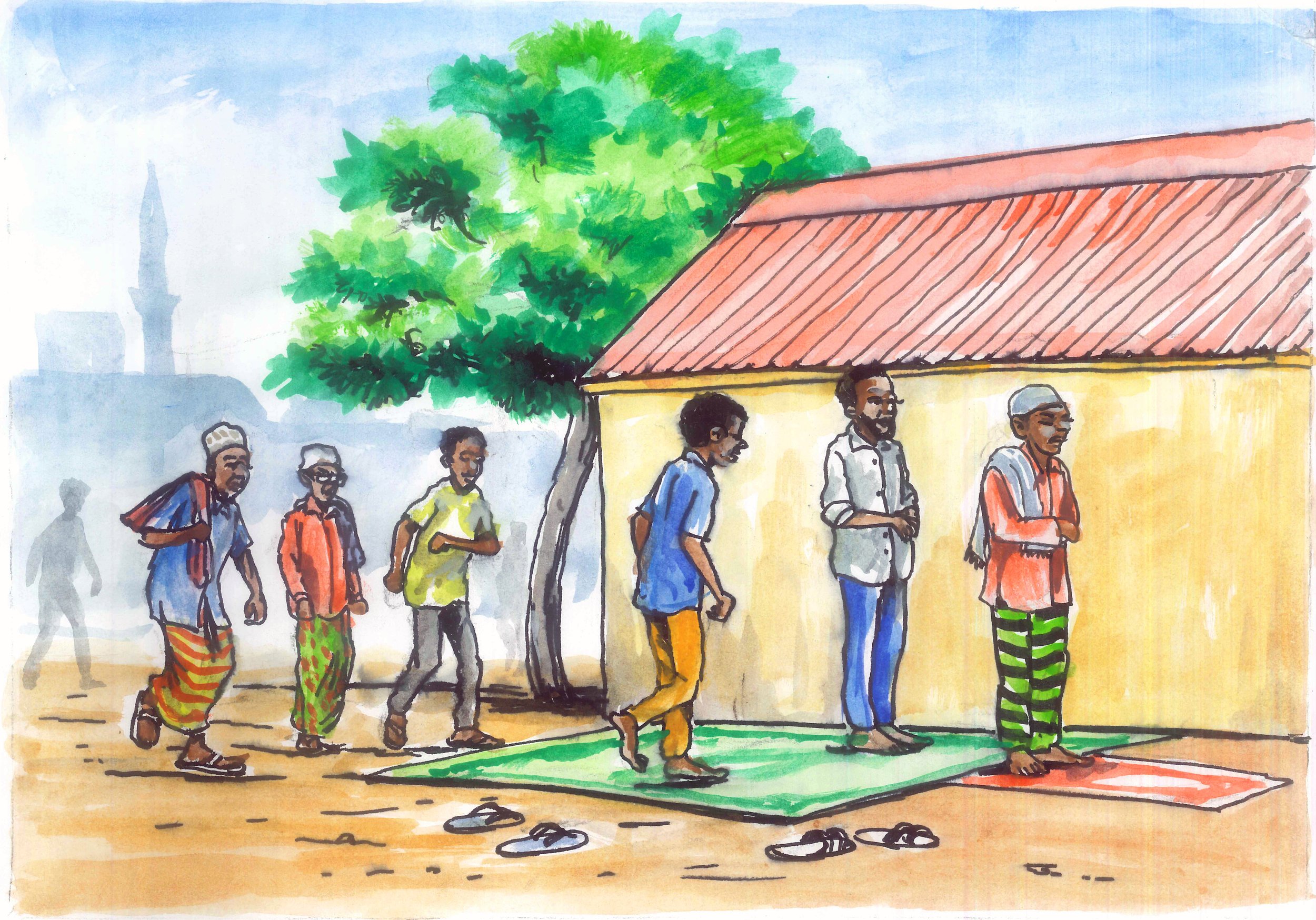


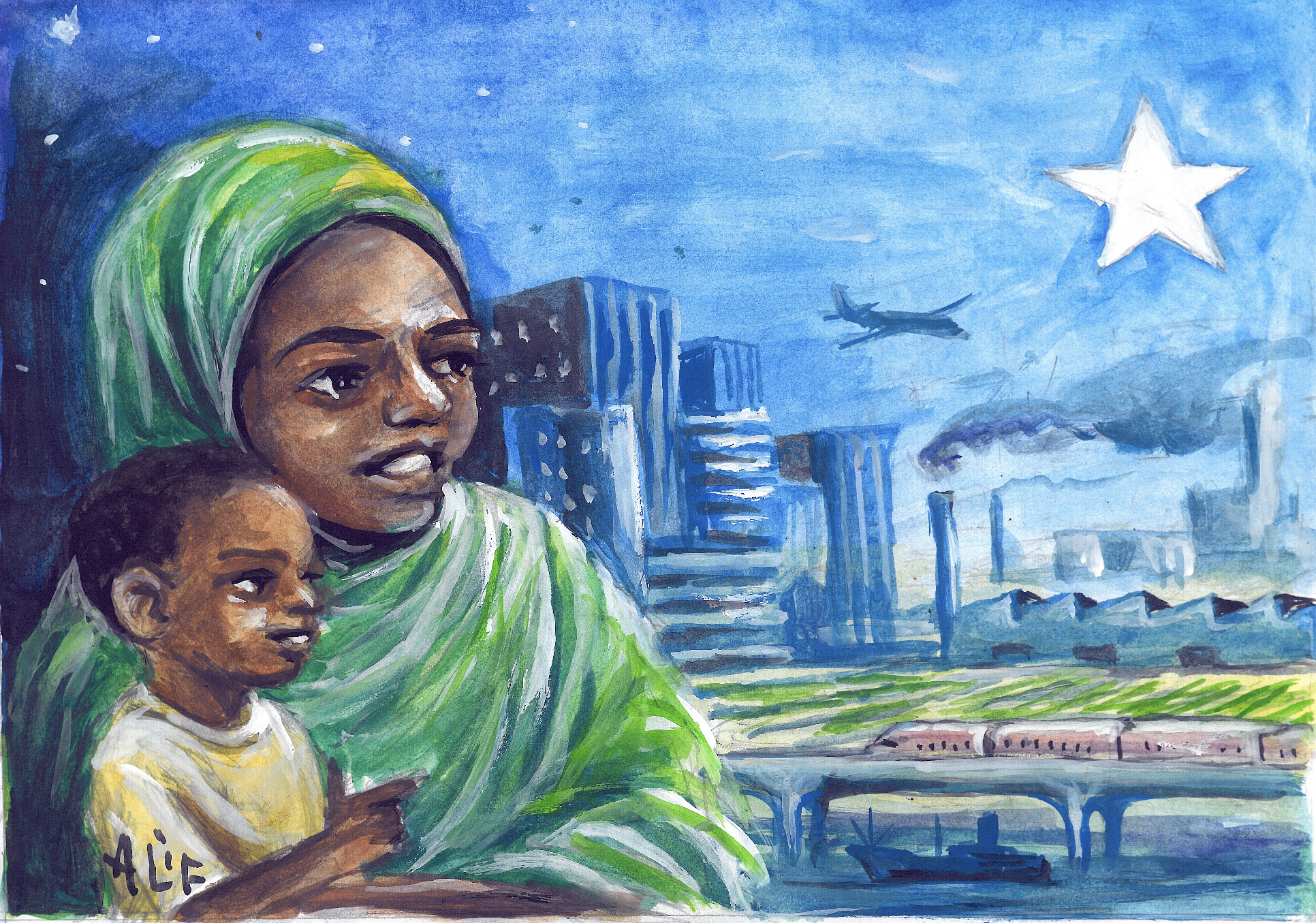

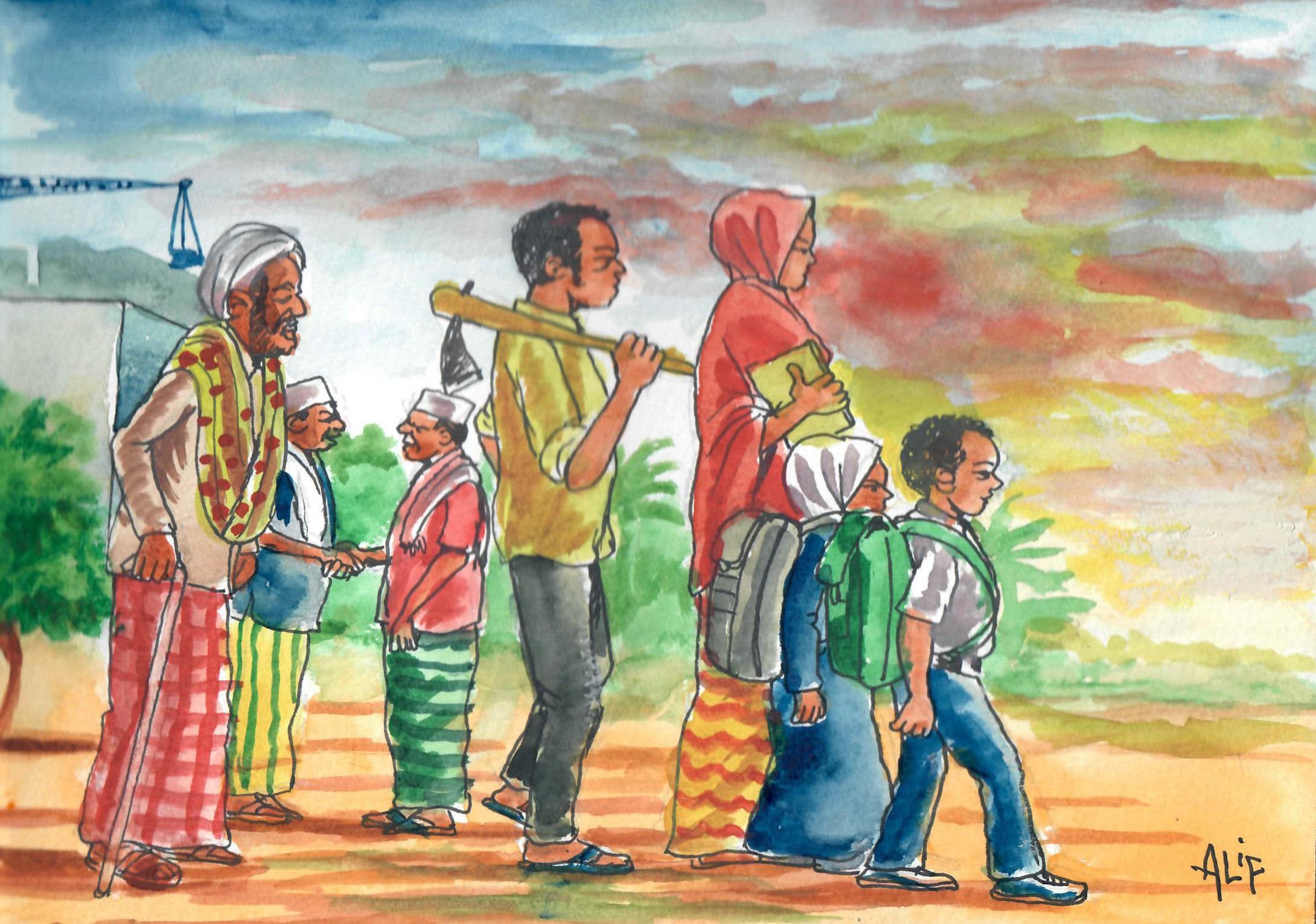
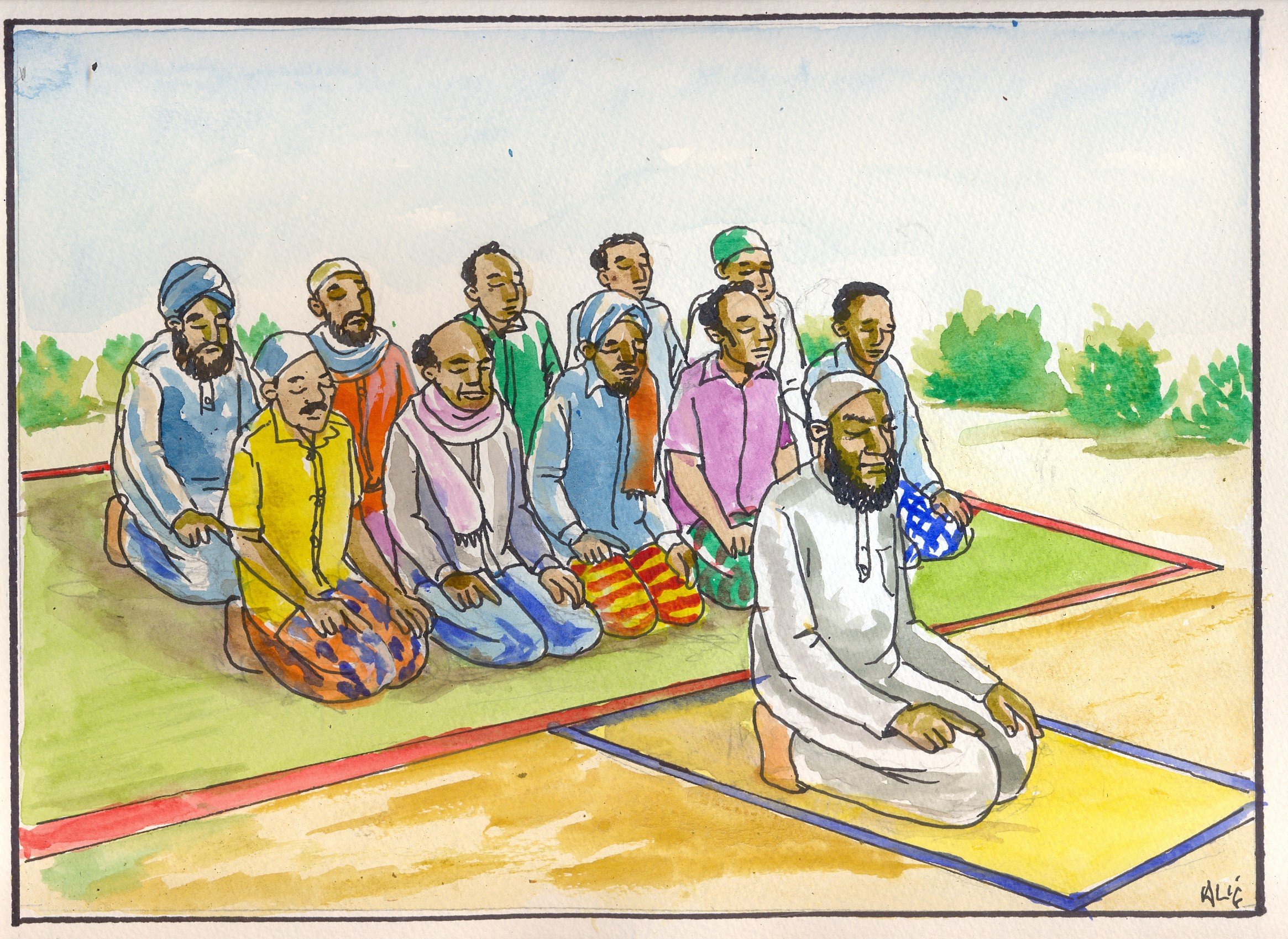
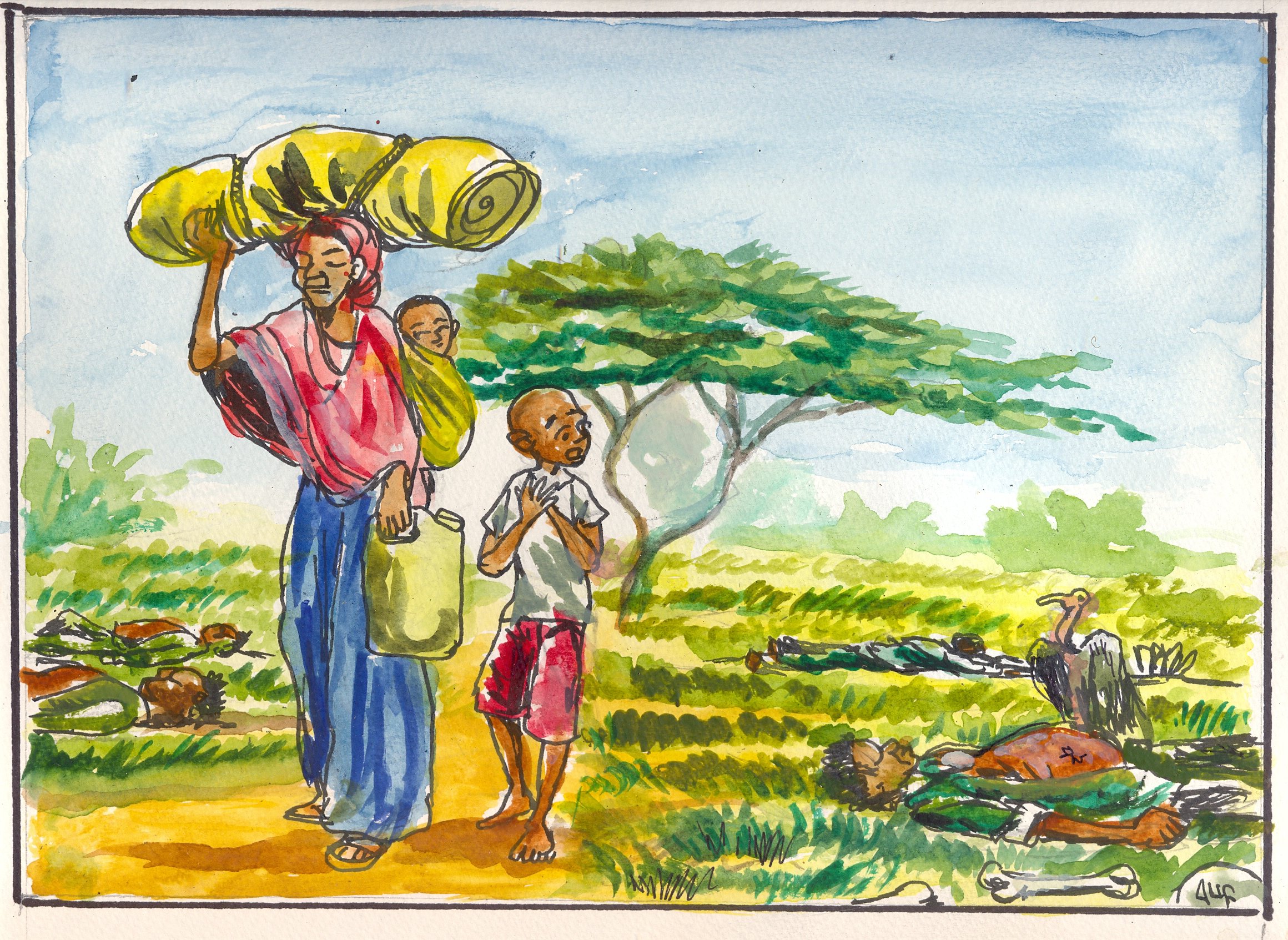




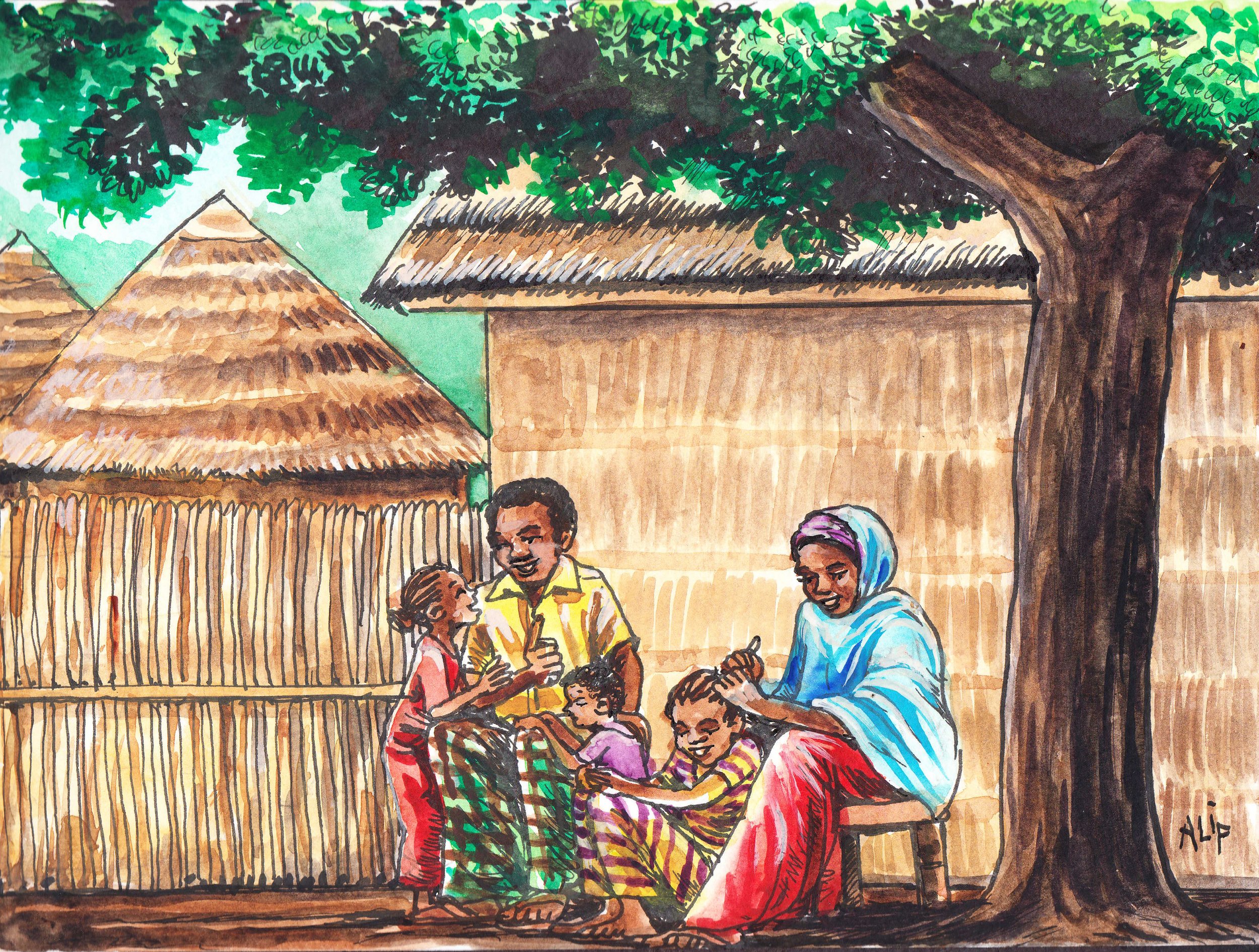

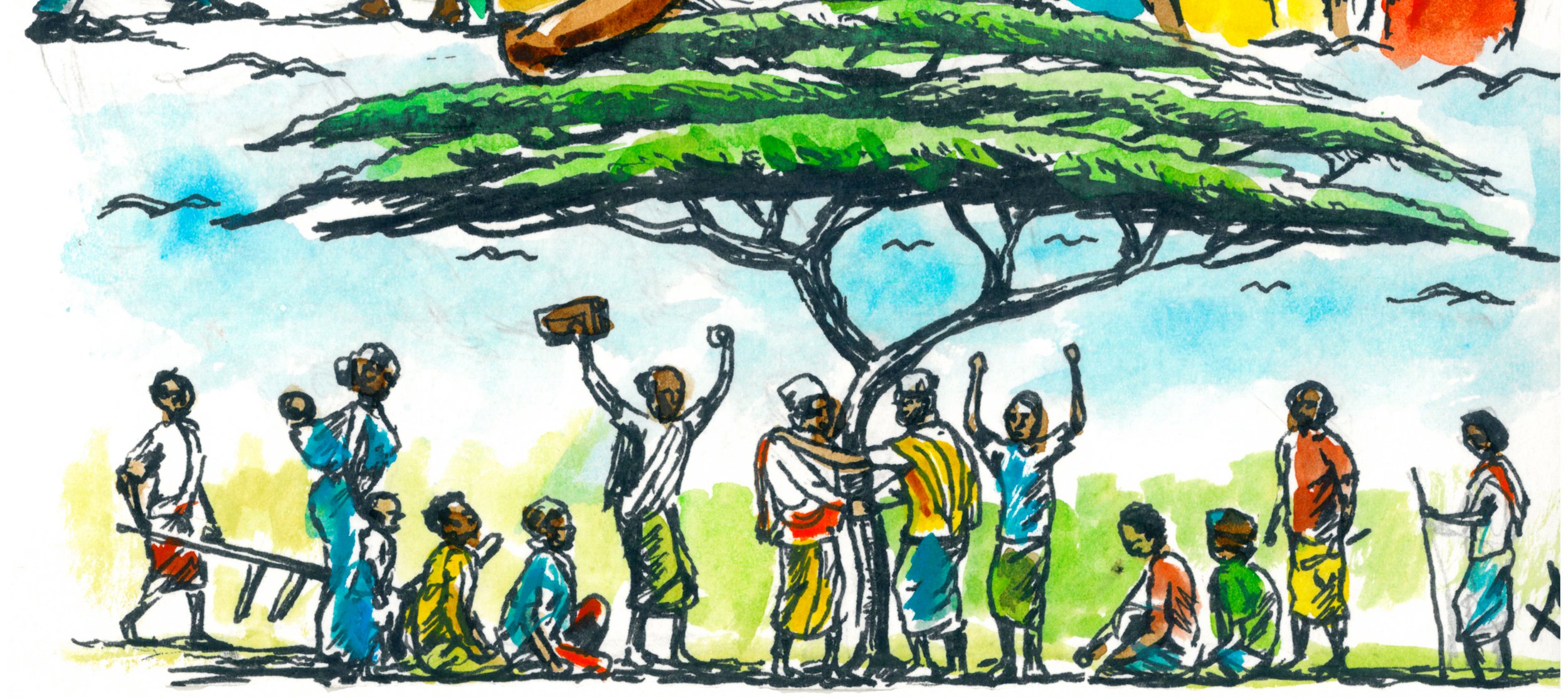




Hurting Self - Hurting Others
Hurting Self - Hurting Others
Some of the visual images are violent. As part of the truth-telling process of a violent society, community members involved in the adaptation process acknowledge that including images that may be uncomfortable is crucial. They believe that such images document the harsh realities of people's lived experiences.


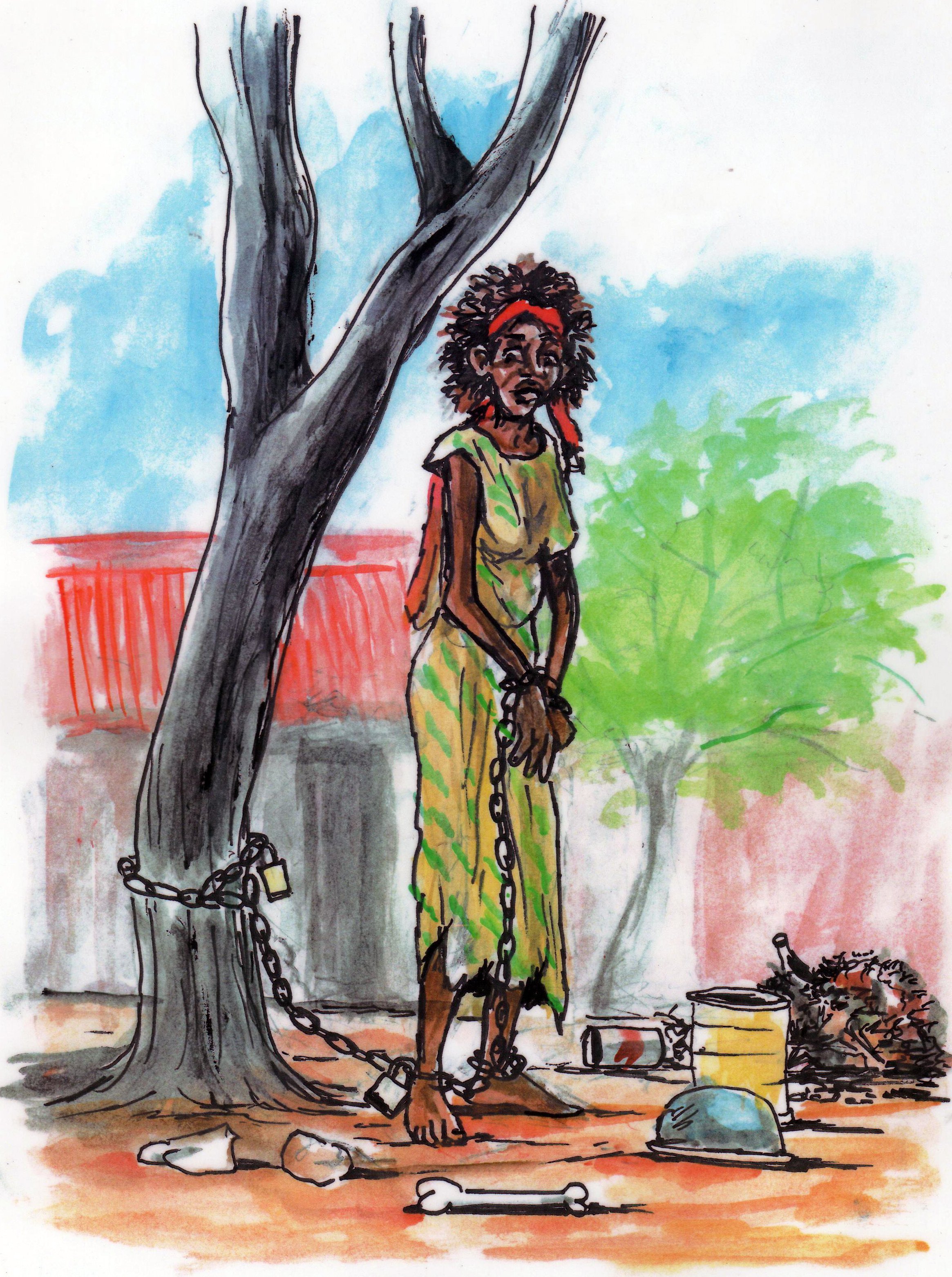






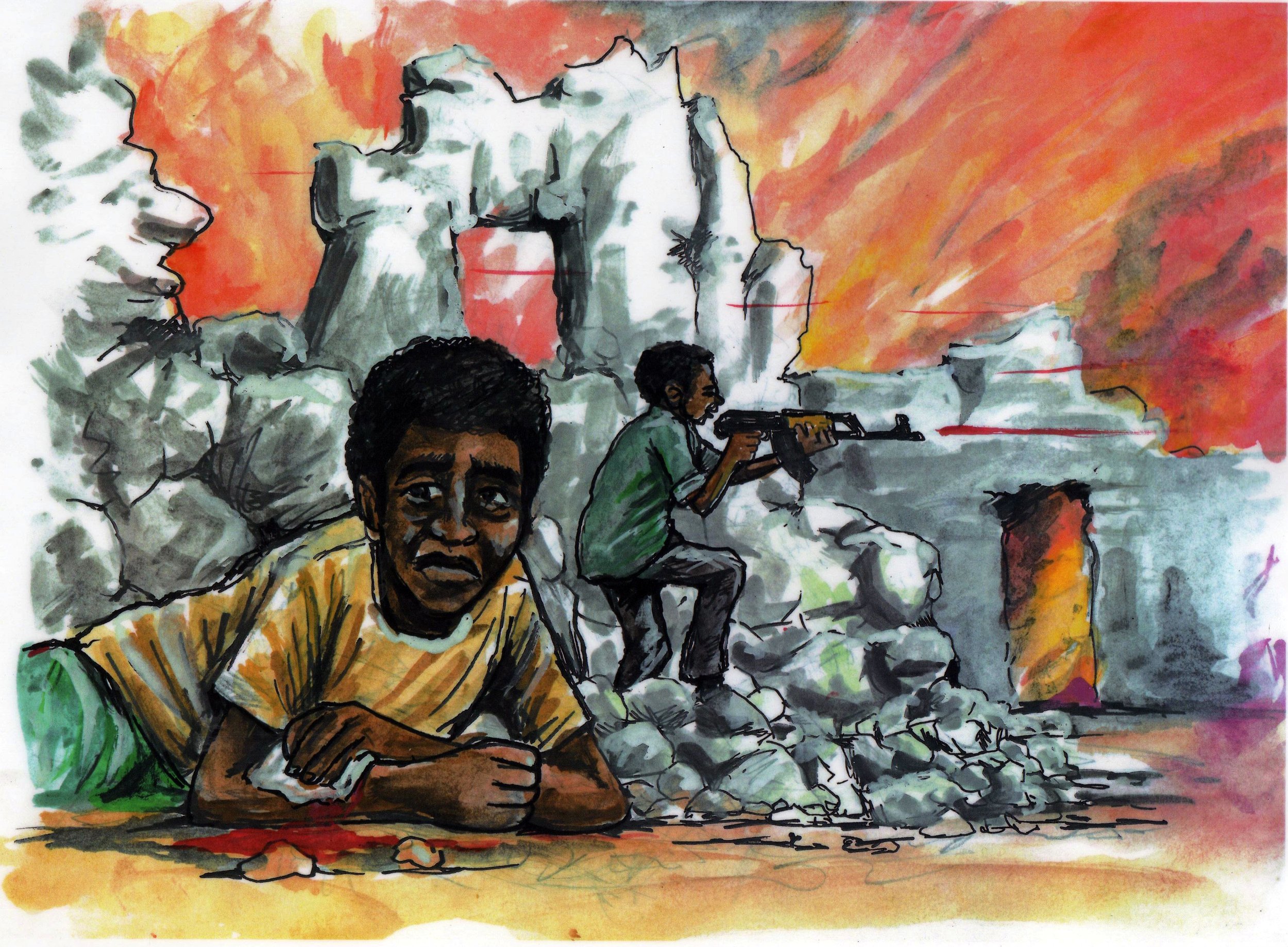


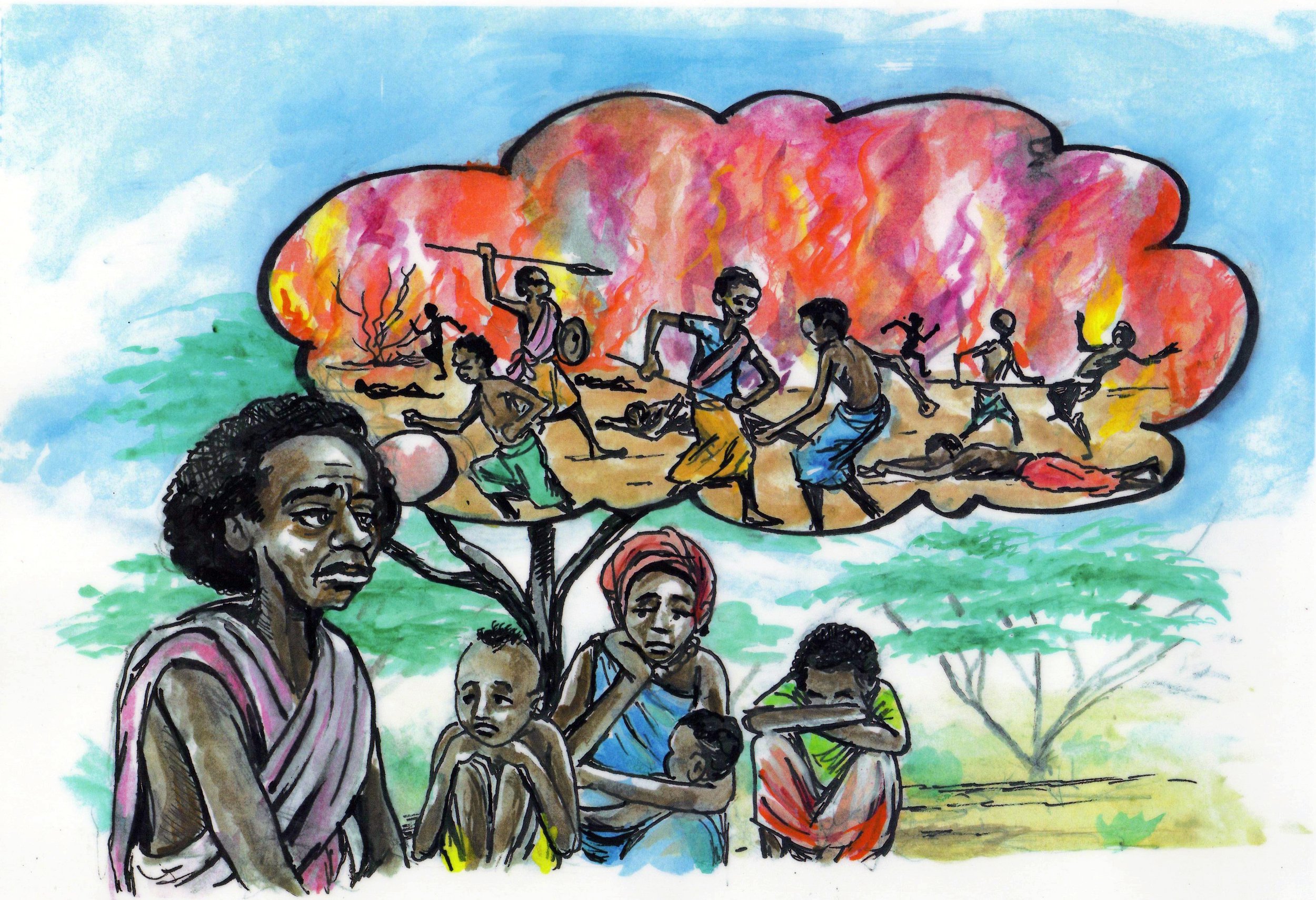

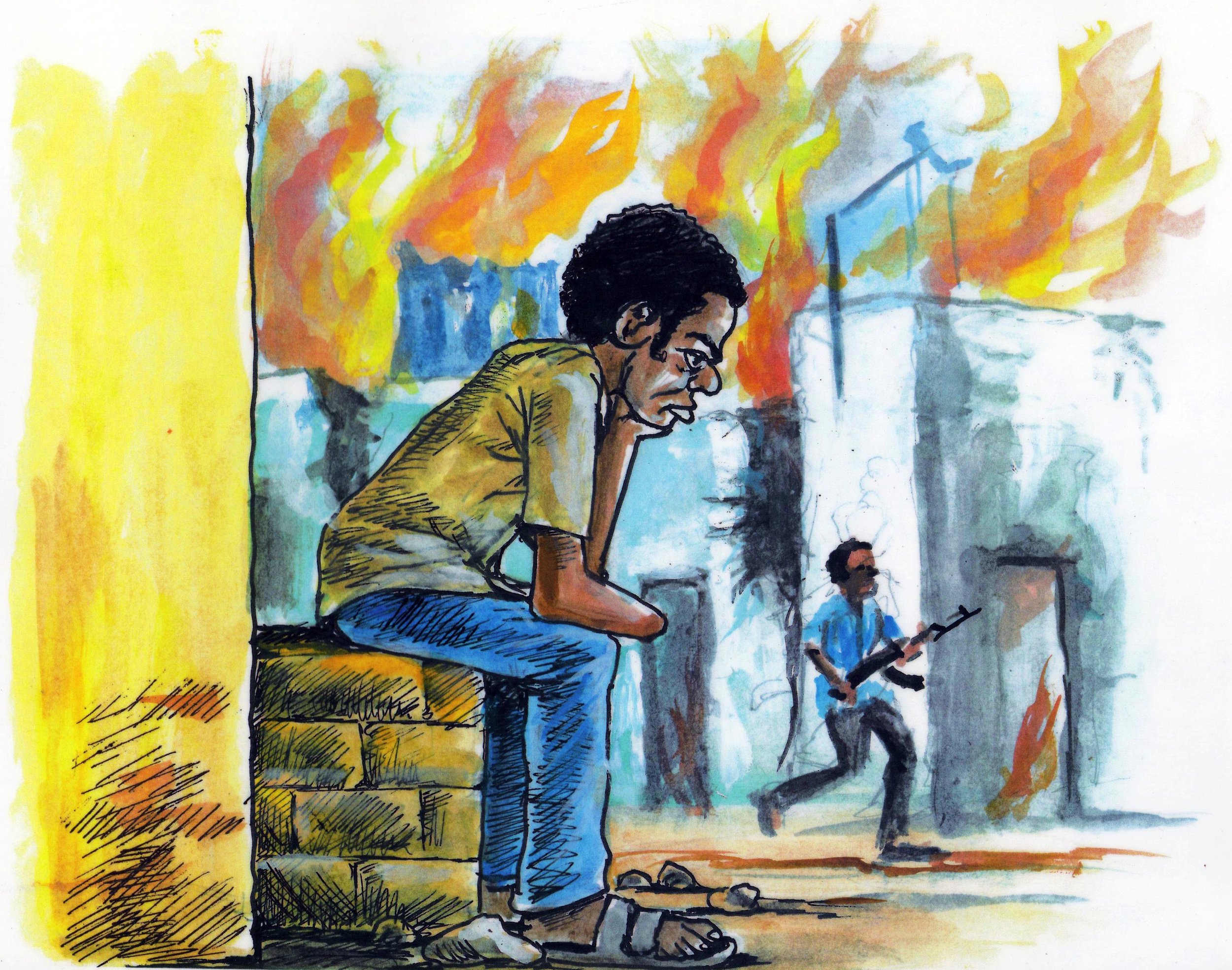




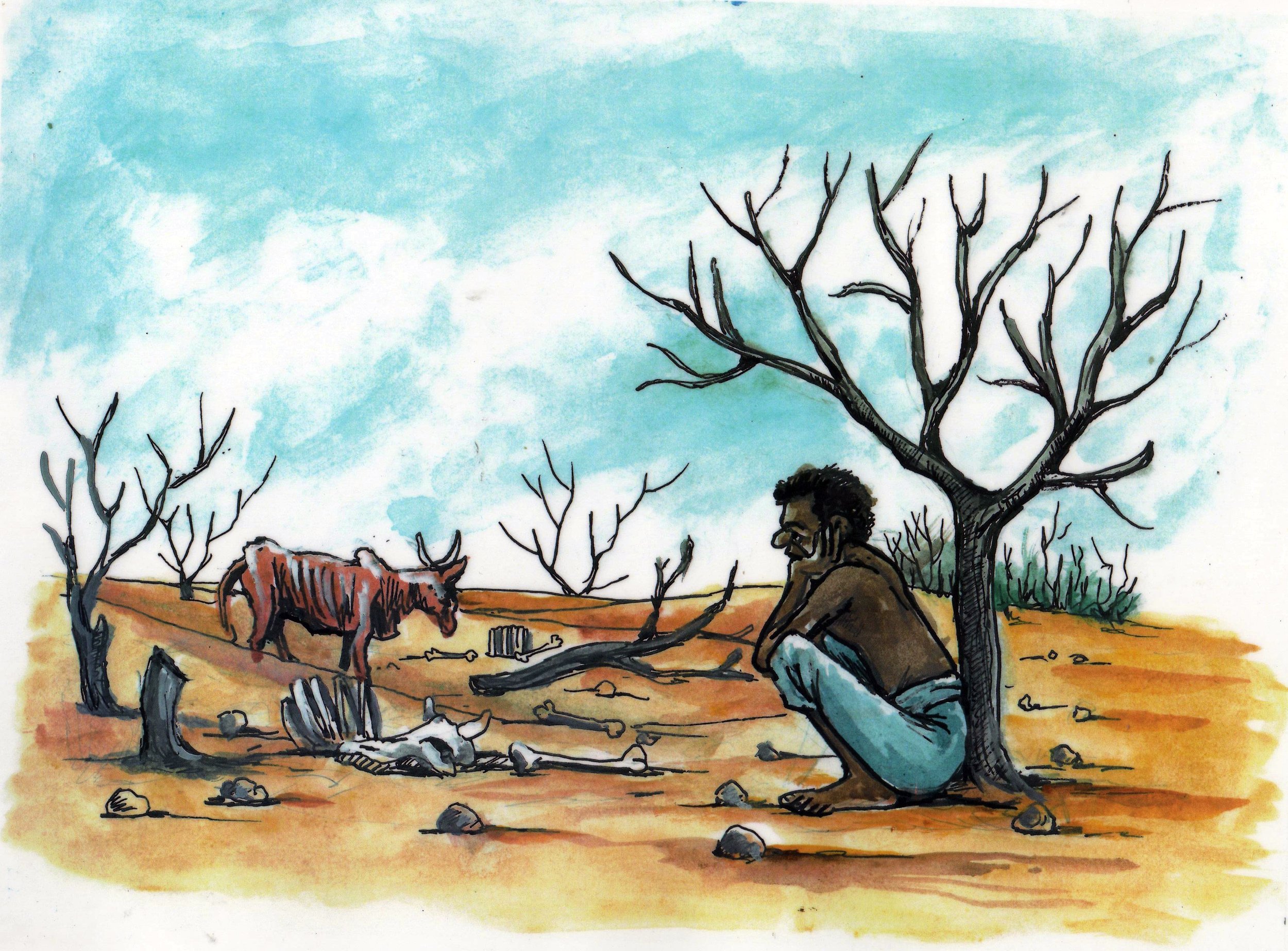

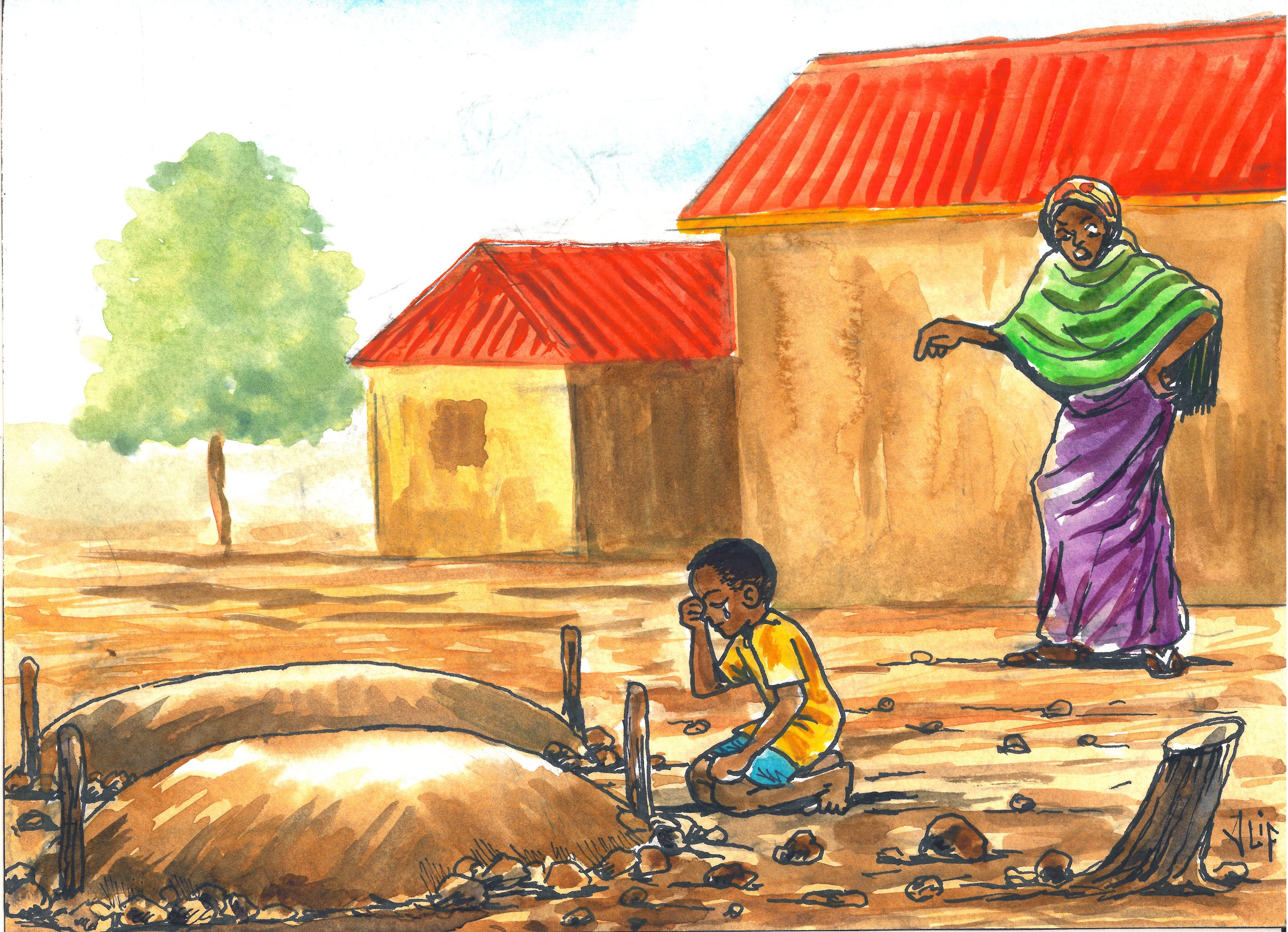
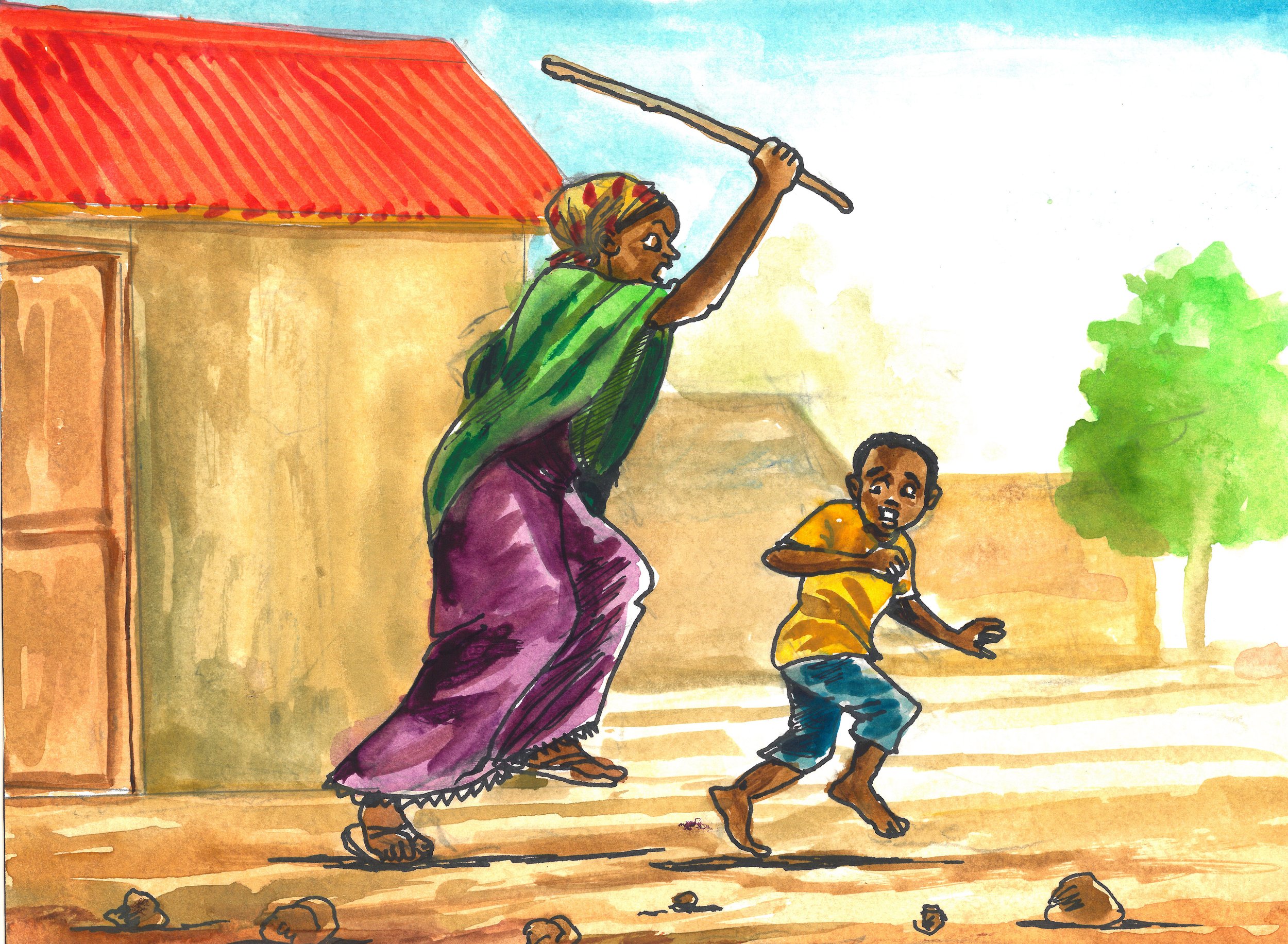
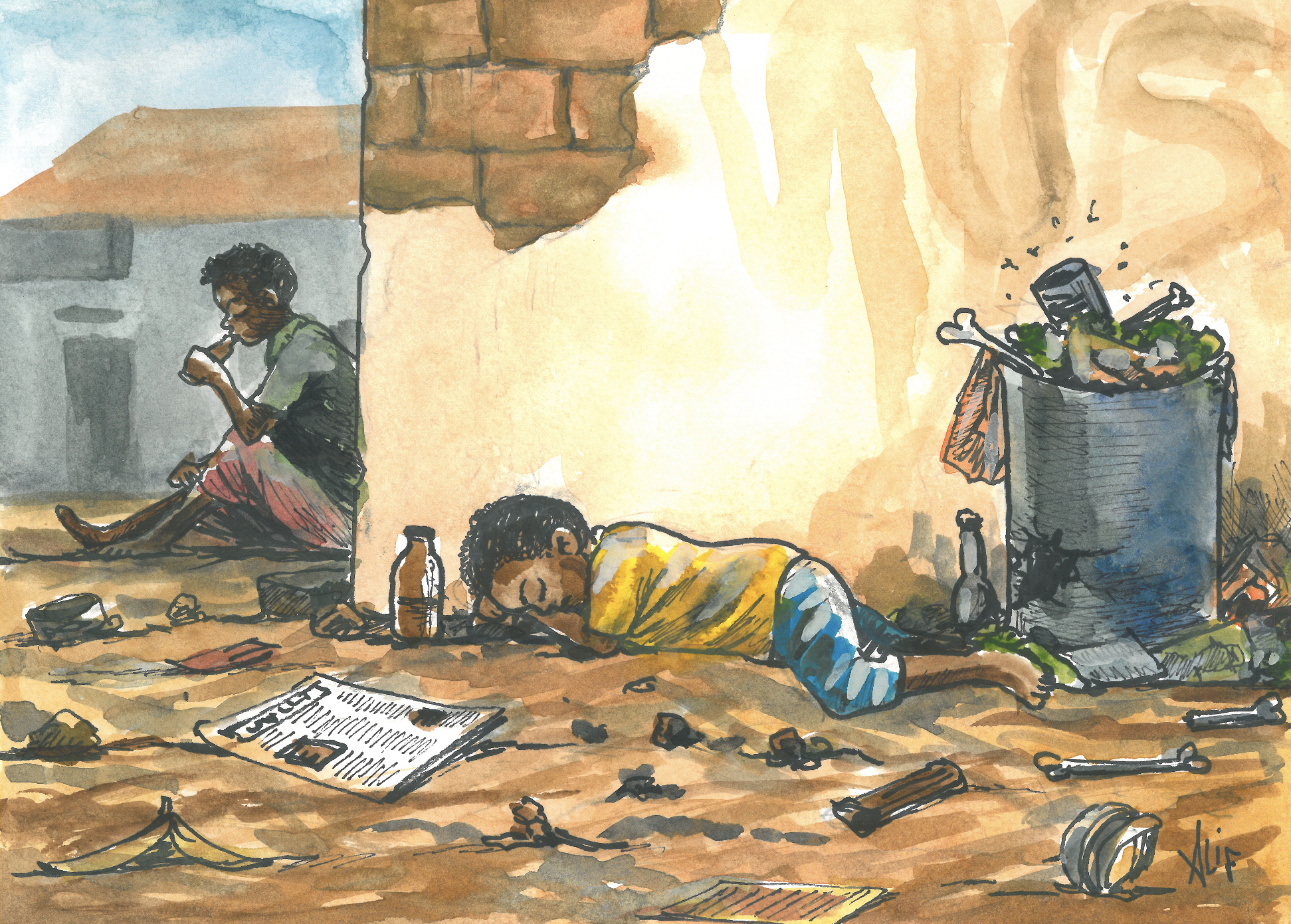







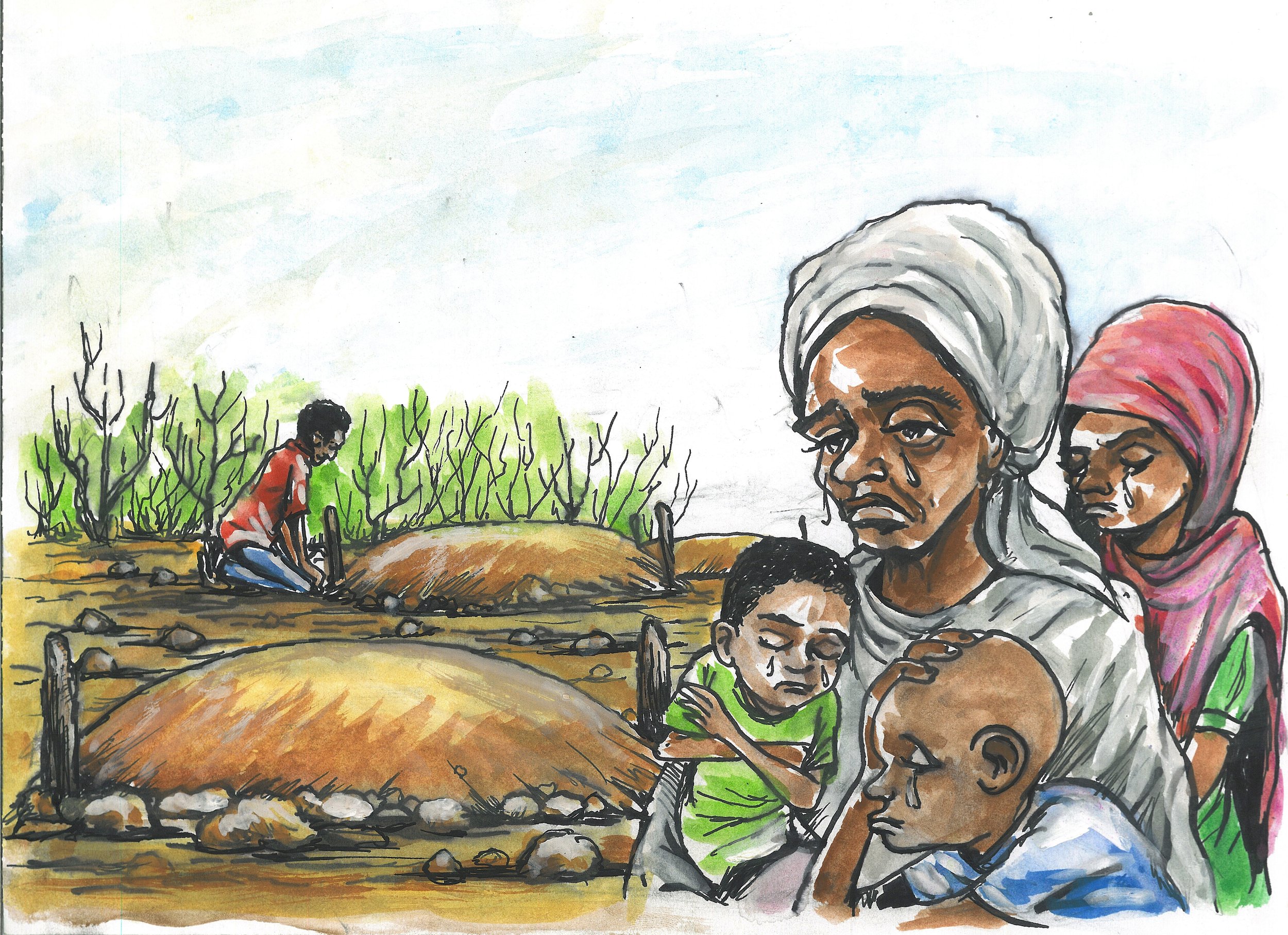

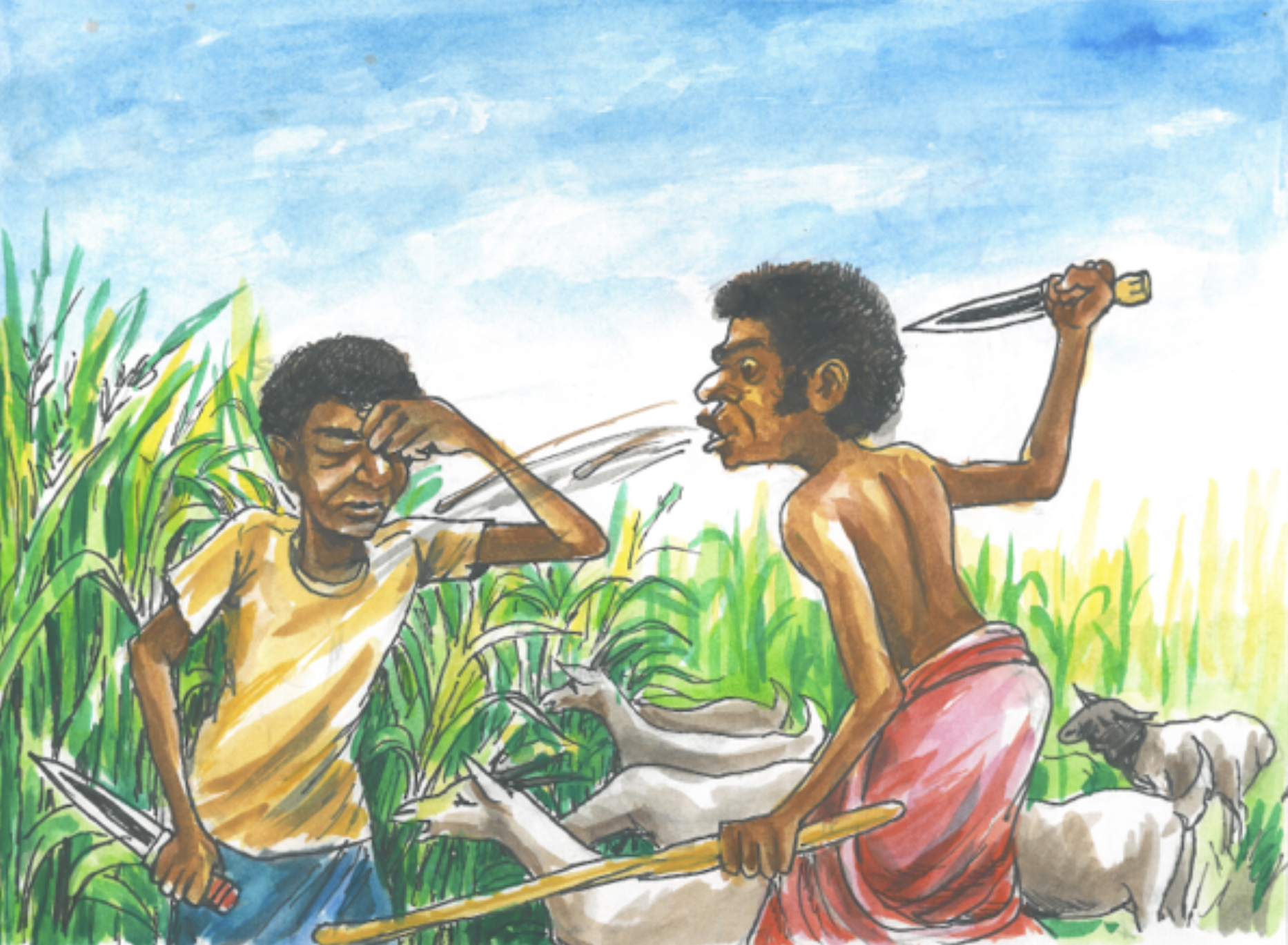



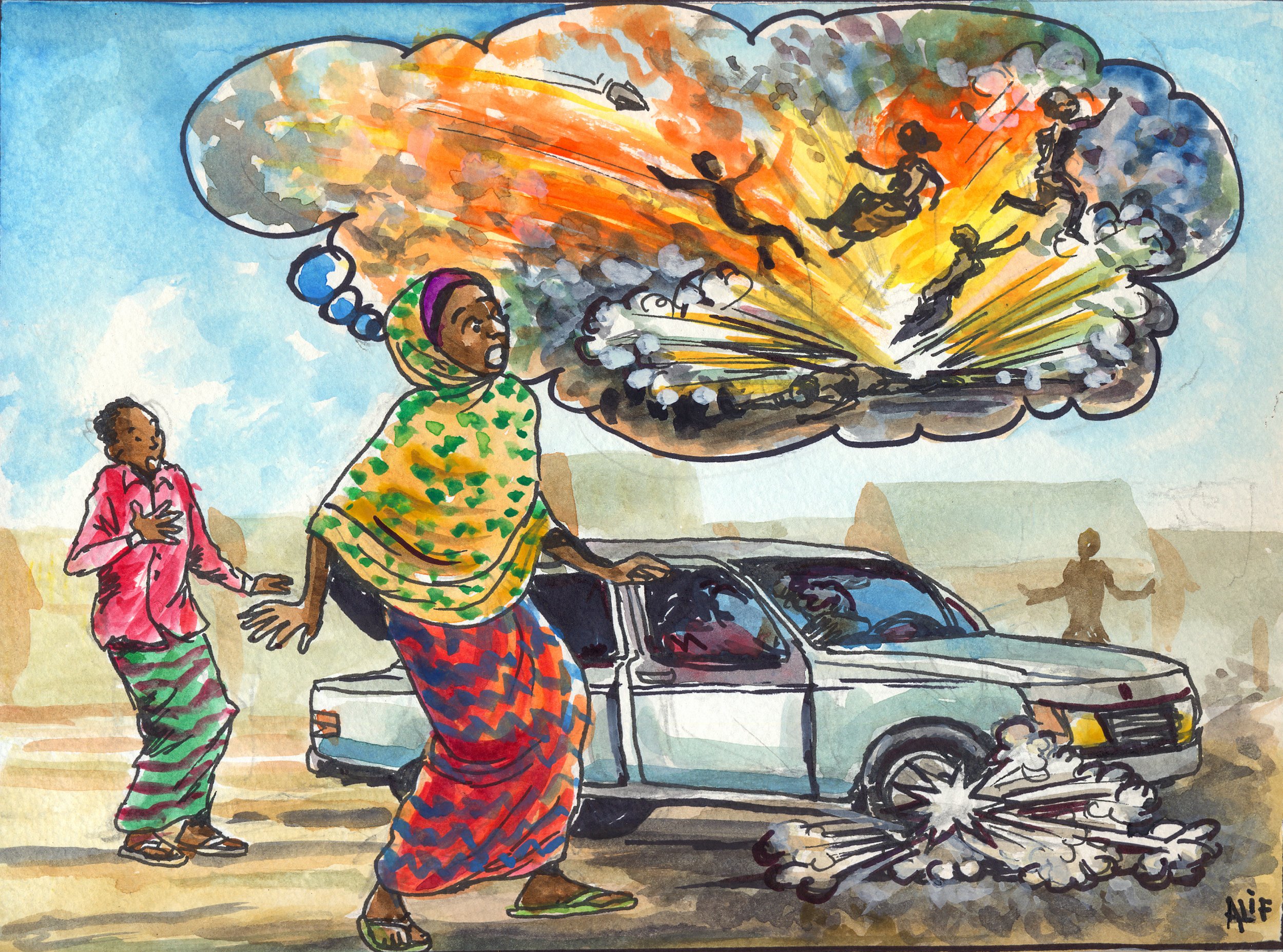


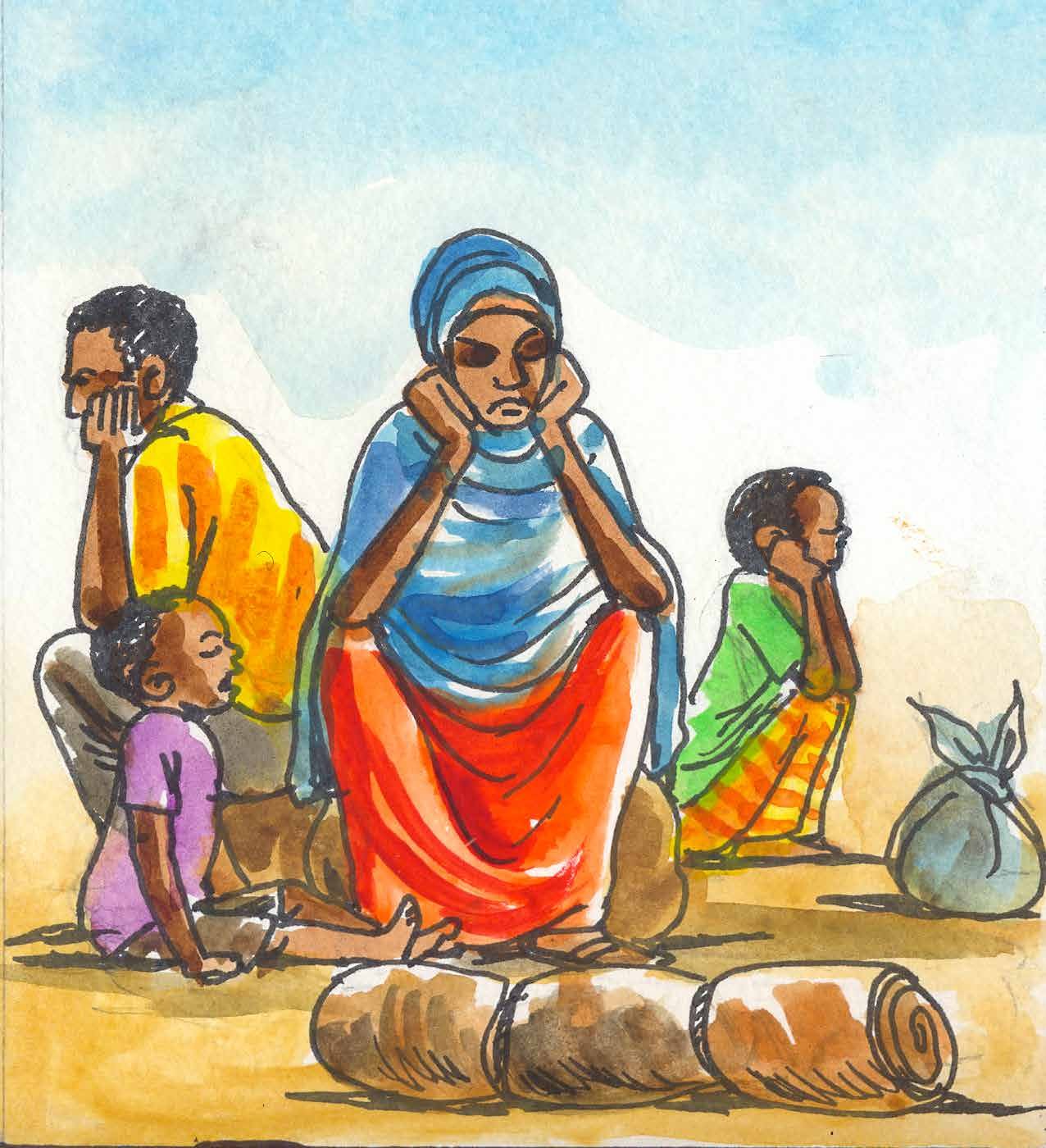


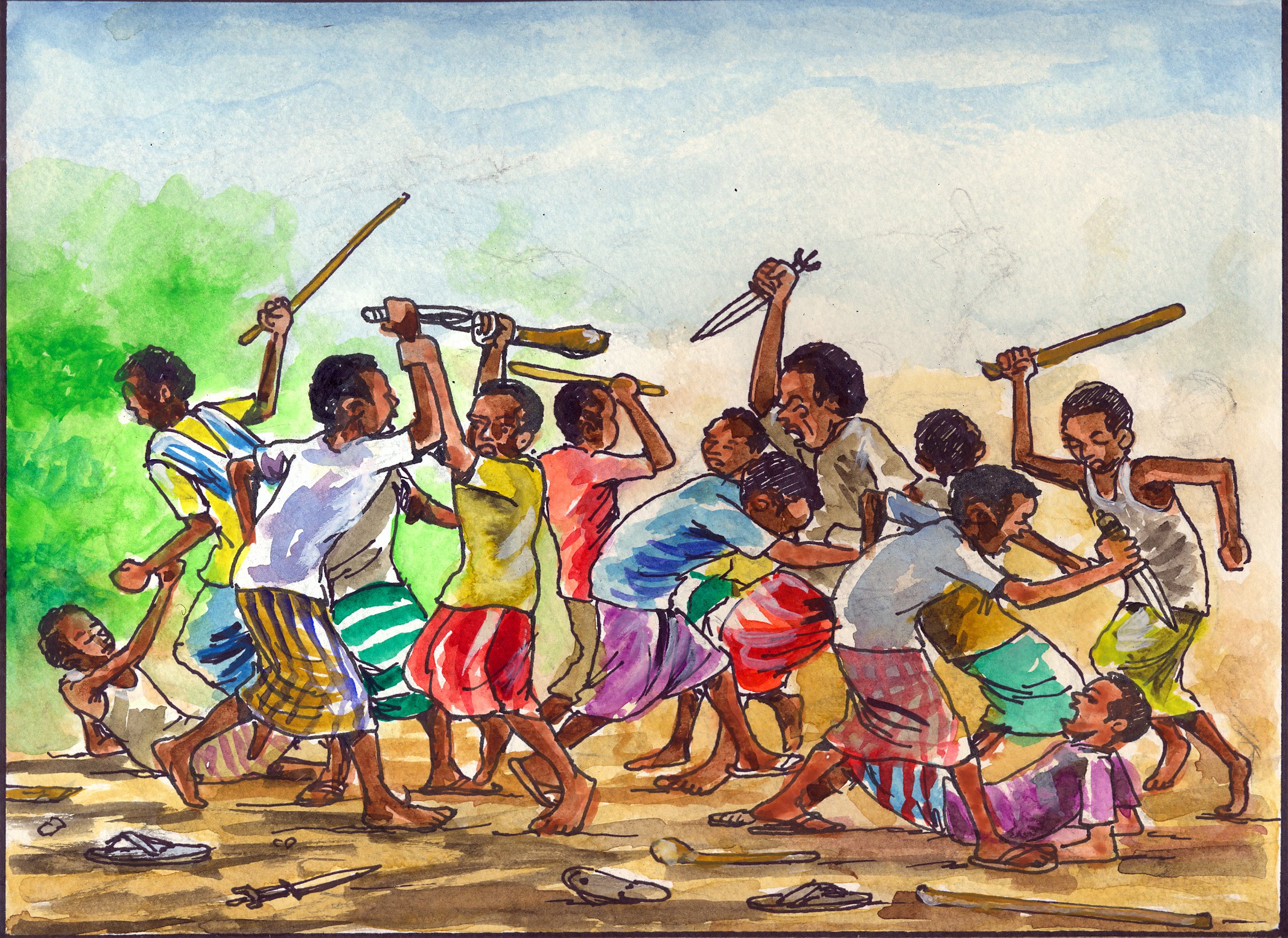

“Art is the pulse of a nation; it reflects its history, its struggles, and its aspirations.”
— Kofi Annan





